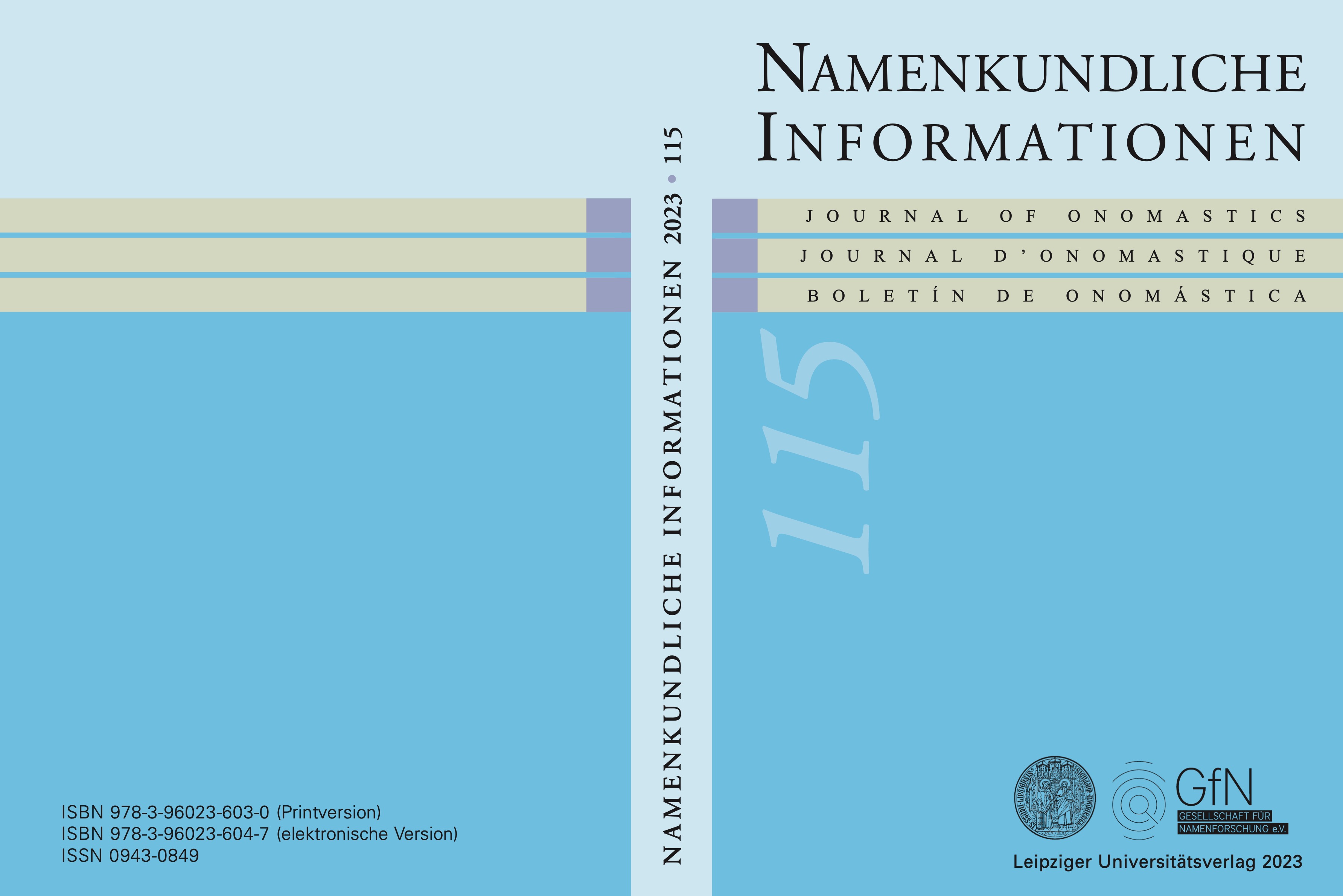Historische Kontaktonomastik in Unterrätien und die Rekonstruktion des Alträtoromanischen
(Themenschwerpunkt)
DOI :
https://doi.org/10.58938/ni726Résumé
My dissertation analyses the integration of Old Rhaeto-Romanic substrate toponyms into German. After the Roman conquest, Celtic and non-Celtic languages in Lower Rhaetia were replaced by Vulgar Latin, which was carried forward into modern Romansh. Germanic-Romance language contact began in the 5th century onwards, with only German remaining in the 15th century. Toponyms are one of the main sources for the language change. Sound changes can be determined and dated on the basis of historical evidence, which was done in an Excel matrix. Conversely, many toponyms have remained phonetically stable over the centuries despite their obscurity. By “undoing” the comparatively well-known German phonetic laws, aspects of the phonology of earlier stages of the Rhaeto-Romanic language can be reliably reconstructed using the toponyms. This article begins by outlining the historical and geographical confines of the area under investigation before presenting the research question and method. Two early Rhaeto-Romanic sound changes serve as examples of findings on Old Rhaeto-Romanic grammar. Selected examples are subsequently used to provide an overview of the integration processes that can be observed in substrate toponyms after Germanization. The article concludes by emphasizing the value of contact onomastics.
Téléchargements
Publiée
Numéro
Rubrique
Licence
© Elia Ackermann 2024

Ce travail est disponible sous la licence Creative Commons Attribution 4.0 International .
Es findet keine exklusive Übertragung von Verwertungsrechten (Copyright Transfer) an die Zeitschrift statt. Die Autor/innen stimmen bei Manuskripteinreichung der Veröffentlichung unter der Lizenz Creative Commons Attribution 4.0 International zu.


